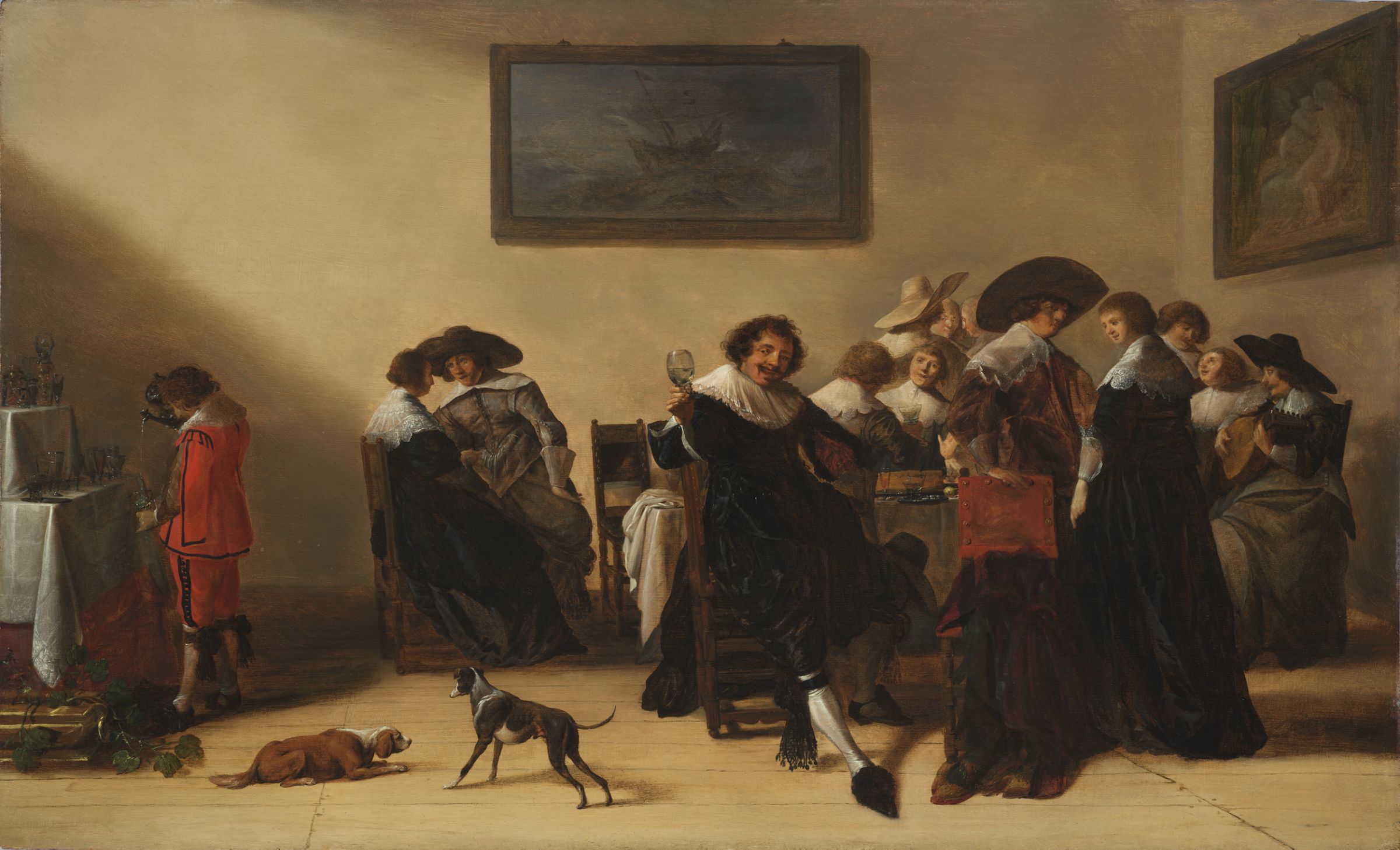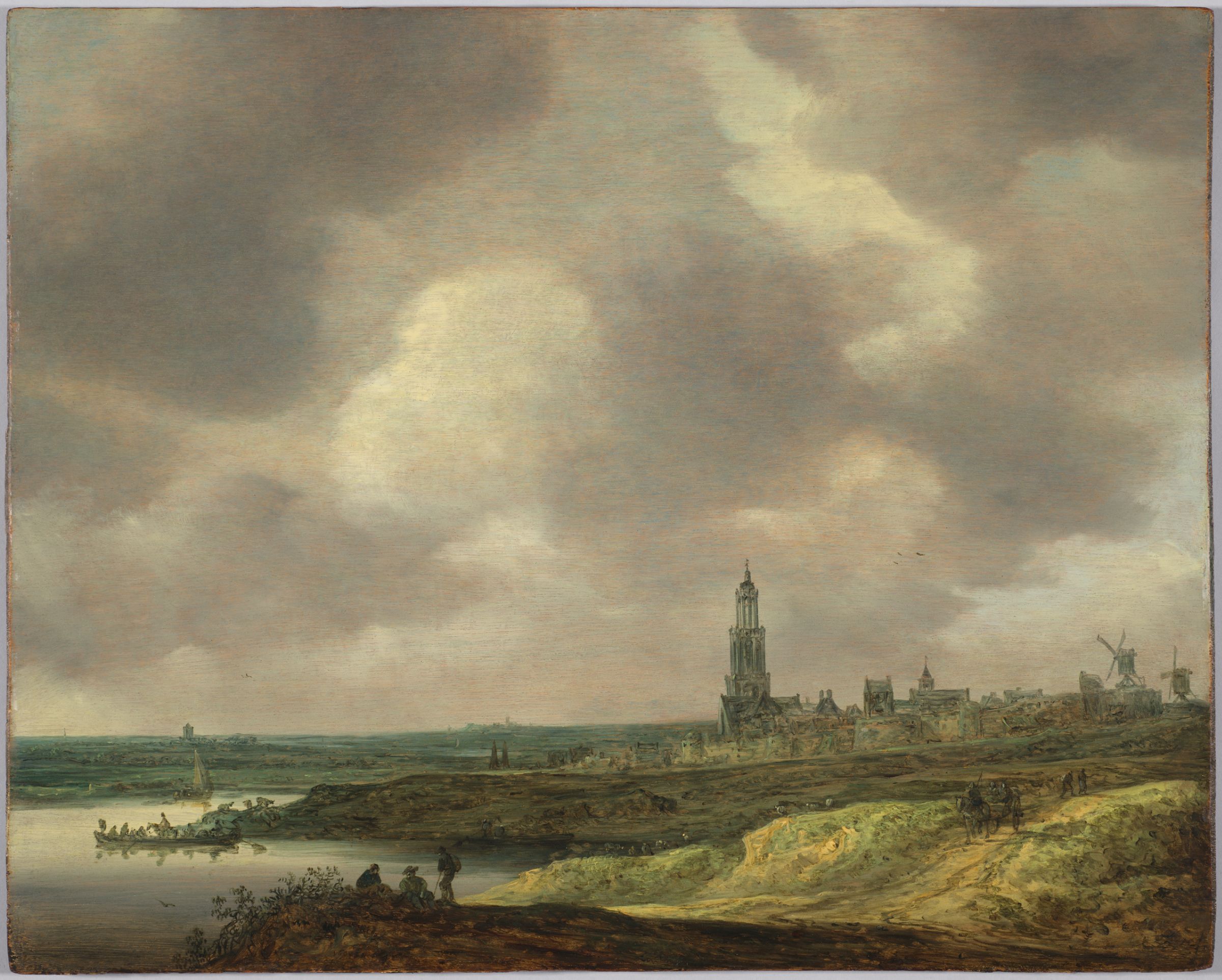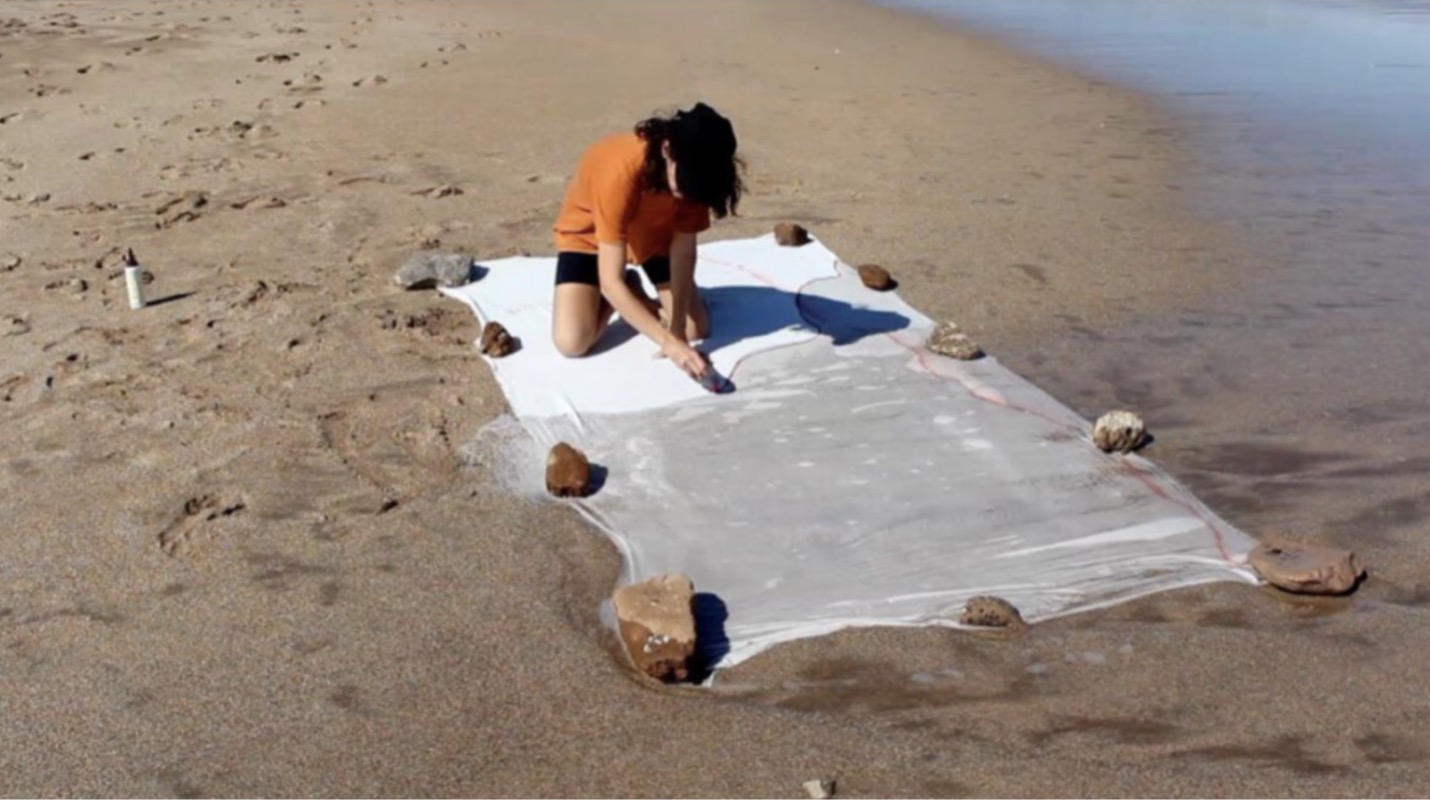Over the past two years, the Harvard Art Museums have slowly been welcoming into the collection a blockbuster gift of 18 paintings produced in the Netherlands during the 17th century, a period in Dutch art history known as the Golden Age. The paintings were first promised to the museums in 2007 by notable Boston art collectors Peter and Anne Brooke, whose thoughtful collecting was fueled by a love of both art and the natural world. The couple also felt passionate about enhancing the teaching and learning experience for Harvard students.
Peter Brooke (Harvard A.B. ’52; M.B.A. ’54) is a past Overseer at the university, and his service garnered him the Harvard Medal, given by the Harvard Alumni Association, in 2002. His late wife Anne served on the university’s Committee to Visit the Art Museums, and she was a cherished member of the collections committee on paintings, sculpture, and decorative arts. The promised gift was especially meaningful to Anne, as Mr. Brooke recounted.
“Anne believed that [our] paintings, which so vividly portray everyday life in the Netherlands, should be available to Harvard students and the public at large,” he said.
The Brooke collection is crucial for the museums in several ways. The quality of the paintings, by artists such as Jan van der Heyden, Jan van Goyen, Aert van der Neer, Willem van Mieris, and Godfried Schalcken, among others, is uniformly high. And by the numbers, the Brooke gift represents the largest individual donation of European paintings to Harvard in the last 50 years. Ranging from still lifes and portraits to landscapes and everyday scenes, these 18 paintings have transformed the museums’ collection of Dutch and Flemish art.
Moreover, the promise of the Brooke gift was a harbinger of recent developments in the Boston art world. Last year the Harvard Art Museums were given more than 300 Netherlandish drawings, from the collection of Maida and George S. Abrams. Also in 2017, the Museum of Fine Arts, Boston, received a combined 113 Netherlandish paintings from Eijk and Rose-Marie van Otterloo and Matthew and Susan Weatherbie.
Thanks to these recent gifts, and building on the generosity of Peter and Anne Brooke, Boston is now the leading hub for research on Dutch and Flemish art in the United States, generating a new wave of interest in Netherlandish art and stimulating collaboration with other institutions. The Brooke gift is a critical component of these developments, offering students, scholars, and the general public more opportunities to learn about, explore, and appreciate Dutch and Flemish paintings of exceptional quality.
Currently, seven paintings from the Brooke gift are on view at Harvard, in the museums' Eijk and Rose-Marie van Otterloo Gallery (Room 2300). In the coming months, other paintings from the collection will be displayed. Highlights now on view include a still-life painting, a convivial interior scene, and landscape paintings. Read on for more details about these selected works.
Floral Still Life with Hollyhock and Marigold
Jan van Huysum II was the most admired floral still-life painter in the late 17th and early 18th centuries. In addition to depicting abundant bouquets that rise from classically inspired vases, he created more intimate paintings like Floral Still Life with Hollyhock and Marigold, shown above. Its simpler arrangement is contrasted with the dramatic interplay of light and shadow, set against a velvety dark background.
Beautifully executed, this still life includes flower species that originated in Asia (such as hollyhocks) and the Americas (marigolds). The painting encourages the viewer to appreciate every detail of the leaves, stems, blooms, and even the chipped edges of the stone tabletop, upon which a snail crawls.






